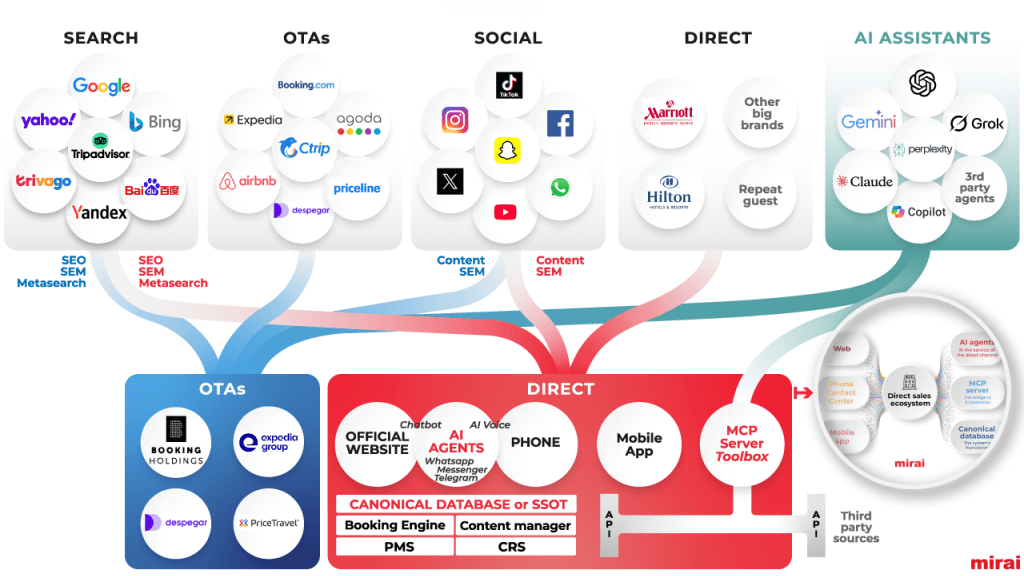As a hotelier, you’re always looking for ways to attract more guests, boost bookings, and get the most out of your marketing budget. With endless options for online advertising, deciding where to focus your efforts and budget can feel overwhelming.
NB: This is an article from Userguest, one of our Expert Partners
Subscribe to our weekly newsletter and stay up to date
Do you target business travellers or leisure seekers? Should you invest in Google Ads, social media, or else?
This article is designed specifically for you – the hotel owner, GM, marketing manager, or revenue manager – who needs a clear, actionable strategy for targeting the right markets and choosing the best advertising channels. By narrowing your focus and using the right tools, you’ll be able to get the most out of your paid ads, drive more direct bookings, and stop wasting money on channels that aren’t working.
Step 1: Identifying the Right Market to Target
Your property can’t be everything to everyone. Whether you run a cosy boutique hotel or a sprawling resort, knowing exactly who to target will help you maximise your ad spend and avoid wasting resources.
Know Who’s Already Booking Your Hotel
One of the biggest mistakes you can make is to start running ads without knowing who your ideal guest is. Take a deep dive into your booking data. Are most of your guests families looking for weekend getaways, business travellers attending conferences, or perhaps couples on romantic trips?
Look at your current guest profiles:
- Where are they coming from geographically?
- What’s their purpose for travel—business, leisure, or special events?
- What’s the average length of their stay?
Your property management system (PMS) or booking engine can give you a tonne of insights. And if you work with an OTA, that data is gold – use it! Pinpoint the types of travellers who are already choosing you, and tailor your ads to attract more of them.
Tap Into Current Travel Trends
Trends in the travel industry are constantly shifting, especially with economic uncertainty, changing travel restrictions, and fluctuating seasons. So, stay agile. Keep an eye on travel demand reports, such as those from STR or Google Travel Insights, to understand which markets are growing or shrinking.
Are business travellers coming back after a lull? Or is there a surge in family holidays during school breaks? Align your marketing with current trends to stay ahead of the competition.
Think About Where Your Competitors Are Advertising
Take a moment to consider who you’re competing with—whether it’s the boutique down the street or a chain hotel in your city. Where are they advertising, and who are they targeting? Tools like SEMrush or SpyFu can give you insights into your competitors’ ad strategies. This doesn’t mean you should copy them, but it helps you identify potential gaps. Maybe there’s an underserved market they’re missing that you can tap into.
Segment Your Audience for Maximum Impact
Once you have a good handle on your guests, break them into segments. For example, instead of running one broad campaign, try targeting specific demographics like:
- Weekend leisure travellers from a nearby city.
- Corporate travellers who need extended stays during weekdays.
- Destination wedding planners looking for picturesque venues.
Segmenting your audience ensures that your message speaks directly to the right people, increasing the likelihood that your ads will convert.
Step 2: Choosing the Best Channels for Paid Ads
Now that you’ve identified your target markets, the next step is deciding which platforms will reach them best. Every platform has its strengths, but not all will be right for your hotel or your audience.





